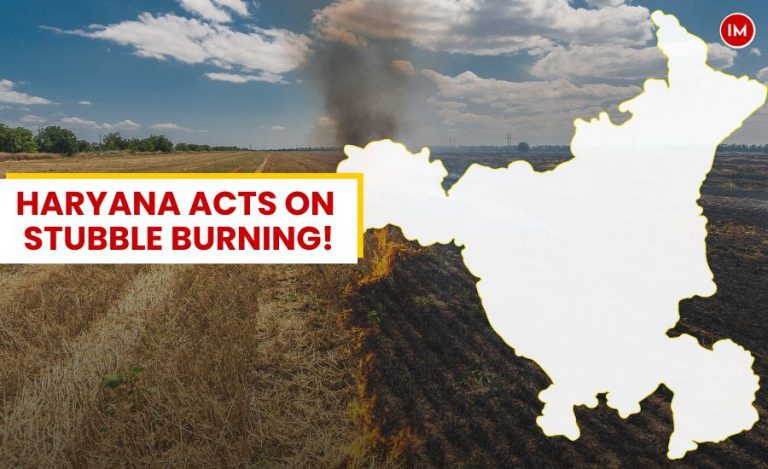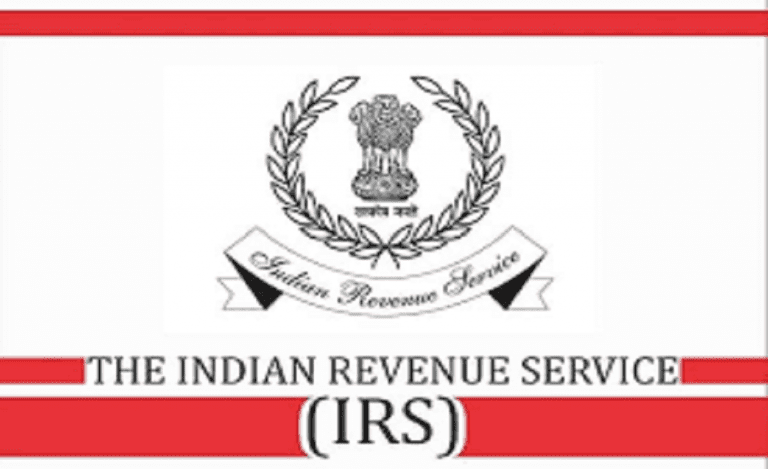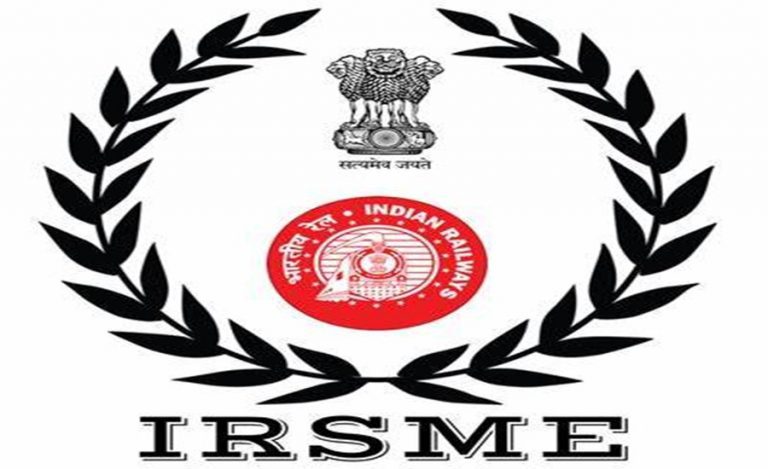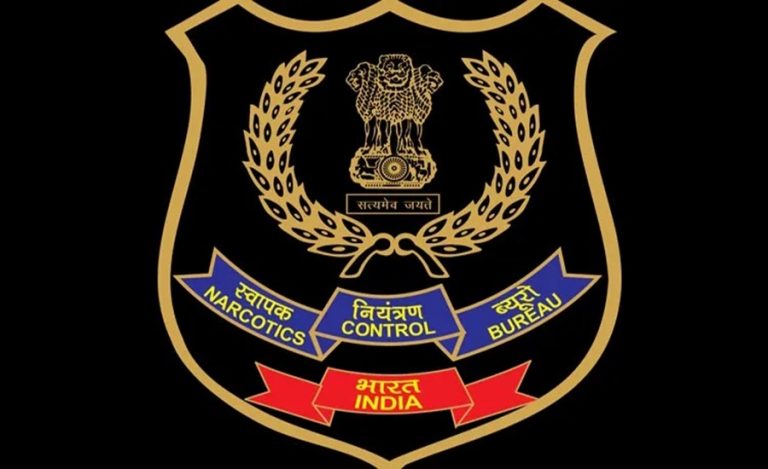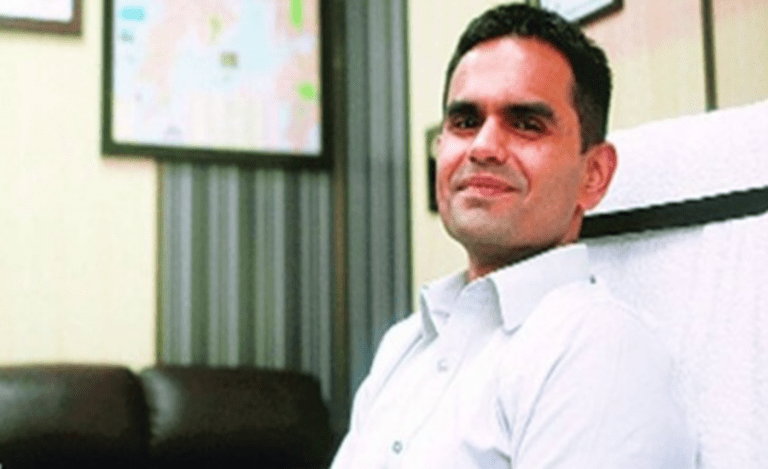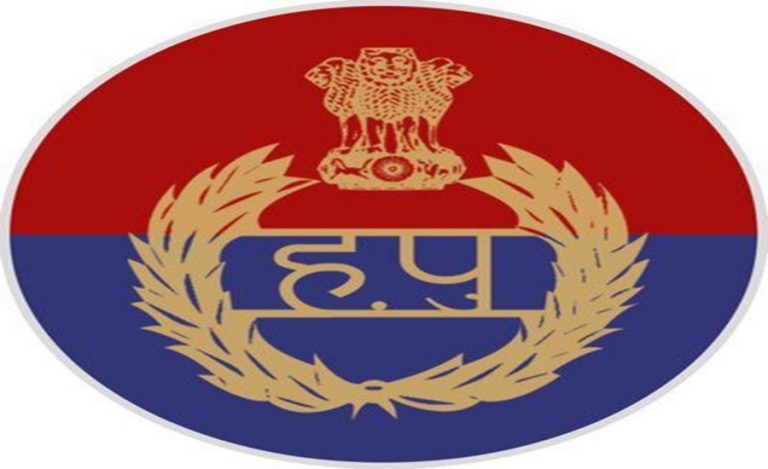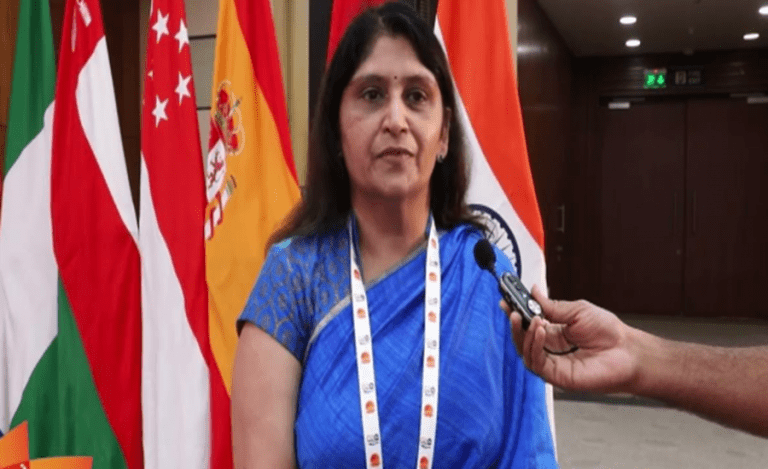Originating in the Khasi Hills of Meghalaya and flowing through the heart of Guwahati before its confluence with the Brahmaputra River, the Bahini River, in its pristine state, is an extremely important waterbody for the states of Assam and Meghalaya. However, the river is popular for all the wrong reasons as it is said to be one of the most polluted rivers in Assam.
Mainly a stormwater drainage, the river carries with it the excess water coming from Meghalaya along with rainwater, bringing it to Brahmaputra. Keeping it in an apt condition is necessary because of its feature of carrying rainwater with it and preventing flooding in major areas of Guwahati city, and also keeping it clean.
The Guwahati Municipal Corporation, headed by the 2015 batch IAS officer of Assam-Meghalaya cadre, Megh Nidhi Dahal, realized the importance of rejuvenating the river and implemented several projects to do so. In an exclusive conversation with Indian Masterminds, Mr. Dahal talked about the same.

FIELD TRIAL
First and foremost, the officer and his team conducted field trials by taking sample readings from certain areas of the river and calculating the accumulated debris percentage in the river through volumetric analysis. They concluded that at some stretches, it is as high as 35%, considering depths of around two feet.
“We started brainstorming ideas on how to trap the plastic debris at certain locations so it is easier to trap and collect them for safe disposal at our designated sites,” he shared with Indian Masterminds.

REPROCESSING
The reprocessing plant of Guwahati Municipal Corporation reuses and recycles such accumulated debris for other purposes. The officer decided to utilize it in a way that required as low a cost as possible to enable them to replicate them n number of times, all over the city. They surveyed the river and marked points that had sufficient space to collect the debris accumulated in the river.
The pilot project was initiated at Rukminigaon for its natural advantage of having a curved channel which ensures a slower speed in the flow of the river along with the natural accumulation of plastic debris. There is also a road nearby from where it could be easily collected.
“We did some jugaad by taking 20l bottles easily available in the market, tying them with nylon ropes and layering a nylon net over them. This enabled them to move up and down the river as the water level changed. It trapped 95% of the plastic debris flowing in the water, and astonishingly, we were able to do it at a cost of Rs. 25,000 per unit, which was quite feasible!” ACS Ambarish Bora told Indian Masterminds.
Impressed by the work, Mr. Dahal decided to install it at other locations along Bahini and Bharalu rivers. They are planning on further installing them in other rivers, which are the primary stormwater channels flowing through the city.
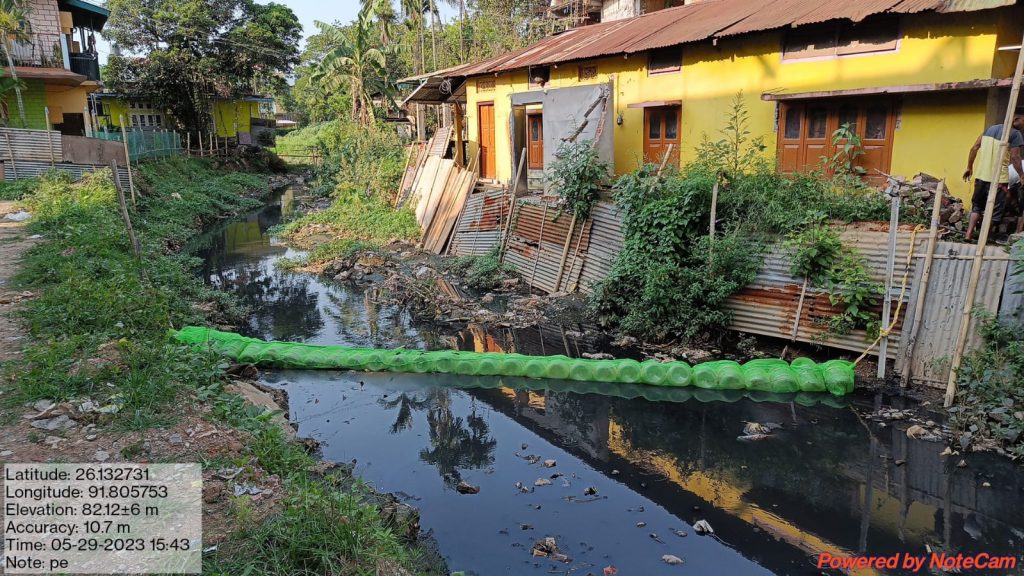
PUBLIC PARTICIPATION
Waste collection from rivers in Guwahati has now become quite easy, thanks to the ‘garbage steps’ and the efforts of Palash Kalita, the 25-year-old Assistant Engineer who executed the entire project. The officer believes that soon they will be able to diminish the plastic flowing in the rivers of Guwahati.
He equally emphasizes the importance of public participation in the project as, ultimately, it’s the public that throws such garbage in the water. Keeping this in mind, Mr. Dahal is conducting several awareness campaigns to raise awareness about the harmful impact of discarded plastic into the rivers.
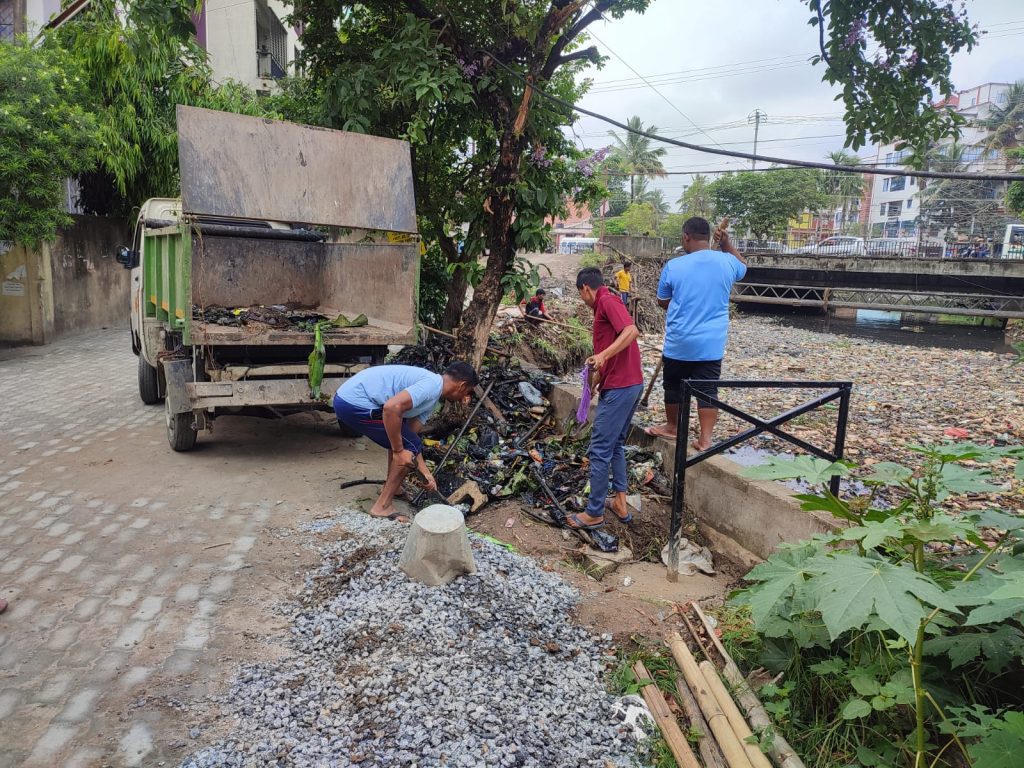
“We are also focusing on the importance of recycling and reuse, under the Mission Life scheme of the government and raising awareness about the same, telling people to reduce plastic from their lifestyle as it will end up in marine life,” he told Indian Masterminds.
The garbage collection activity has been done every alternate day for the past month, since its inception. The Municipal Corporation has been able to accumulate nearly 400 cubic metres of waste till now which has been sent for recycling and safe disposal.






